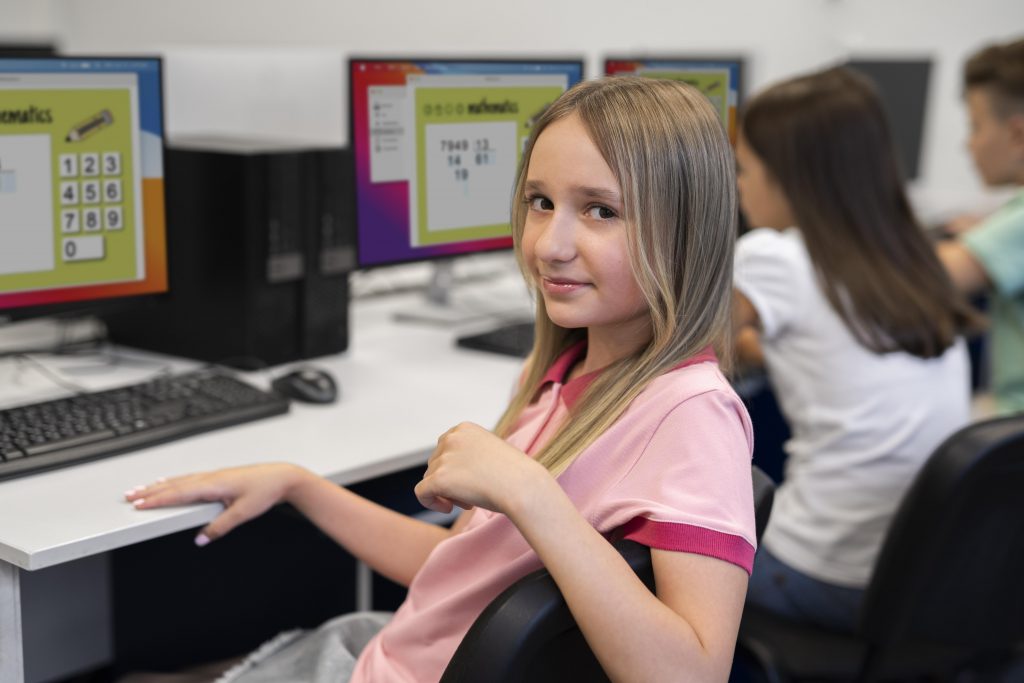The Finnish Education System: A Comprehensive Guide for Parents
When it comes to education, Finland consistently ranks at the top of international assessments, leaving many parents around the world intrigued by the country’s remarkable approach. With its student-centric philosophy, focus on equity, and innovative teaching methods, the Finnish education system has garnered widespread admiration. In this comprehensive guide, we’ll delve into the key features and principles that make the Finnish education system unique and offer valuable insights for parents seeking to understand and potentially incorporate these practices into their own children’s learning journey.
Equity and Inclusion: A Foundational Pillar
One of the cornerstones of the Finnish education system is its commitment to equity and inclusion. Finnish schools operate under the principle that every child, regardless of socio-economic background or ability, should have equal access to high-quality education. To achieve this, the Finnish government provides substantial funding to ensure that all schools, regardless of location, have adequate resources and qualified teachers. This dedication to equity helps minimize the achievement gap and ensures that every student has the opportunity to succeed.
Play-Based Early Education
Finnish children begin their formal education at age 7, but before that, they enjoy a strong emphasis on play-based learning in early childhood education. Early education centers focus on fostering social skills, emotional development, and a love for learning through interactive and creative activities. This approach helps children develop essential skills such as communication, problem-solving, and collaboration, laying a strong foundation for their academic journey.
Shorter School Days and Homework
Unlike many education systems that emphasize lengthy school days and heavy homework loads, the Finnish system takes a different approach. Finnish students have shorter school days, allowing them ample time for extracurricular activities, hobbies, and, most importantly, unstructured play. Additionally, homework is minimal in the early grades, allowing children to unwind and spend quality time with their families, contributing to their overall well-being.
Teacher Autonomy and High Standards
Teachers in Finland enjoy a high degree of autonomy in the classroom. They are trusted professionals who design their curricula and teaching methods based on their students’ needs. This autonomy fosters creativity and innovation, enabling teachers to tailor their instruction to each student’s learning style and pace. Rigorous training and a competitive selection process ensure that only the most dedicated and qualified individuals become educators, maintaining high standards of teaching across the country.
Focus on Critical Thinking and Problem-Solving
Rather than relying solely on rote memorization and standardized testing, the Finnish education system places a strong emphasis on nurturing critical thinking and problem-solving skills. Students are encouraged to explore complex issues, engage in discussions, and apply their knowledge to real-world scenarios. This approach equips them with the skills needed to analyze situations, think critically, and make informed decisions—an invaluable asset in today’s rapidly changing world.
Integrated Subjects and Phenomenon-Based Learning
The Finnish curriculum is designed to promote interdisciplinary learning and a holistic understanding of concepts. Subjects are often integrated to reflect the interconnectedness of real-world issues. Moreover, the Finnish education system embraces phenomenon-based learning, where students explore comprehensive topics that cut across traditional subject boundaries. This approach encourages a deeper understanding of concepts and helps students see the bigger picture.
Assessment for Learning, Not Testing
Assessment in Finland is centered around formative evaluation, aimed at understanding each student’s progress and adapting instruction accordingly. This stands in contrast to the high-stakes standardized testing common in many other systems. Finnish educators use a variety of assessment methods, including teacher observations and individualized feedback, to guide students’ learning journeys. This approach reduces stress and fosters a positive attitude toward learning.
Teacher-Student Relationships and Well-Being
Building strong teacher-student relationships is a priority in the Finnish education system. Teachers act as mentors and guides, creating a supportive environment where students feel comfortable expressing their thoughts and seeking help. This approach promotes positive emotional well-being, which is crucial for effective learning and overall development.
Lifelong Learning and Continuous Professional Development
The Finnish education system places great emphasis on continuous professional development for teachers. Educators are encouraged to engage in ongoing learning, attend seminars, and collaborate with colleagues to enhance their teaching skills. This commitment to growth ensures that teachers remain updated with the latest research and innovative practices, benefiting both them and their students.
Conclusion
The Finnish education system’s remarkable success can be attributed to its unwavering commitment to principles such as equity, play-based learning, teacher autonomy, critical thinking, and holistic education. While replicating an entire education system might not be viable for every country, parents around the world can certainly draw inspiration from these principles to foster a more balanced and student-centric approach to learning. By recognizing the value of play, nurturing creativity, placing well-being at the forefront, and nurturing meaningful teacher-student relationships, parents have the opportunity to significantly contribute to their children’s overall growth and development. This ensures that youngsters are well-equipped to tackle the challenges of the 21st century. To further explore these concepts and gather insights from the Finnish education contact Finland Education Hub.

